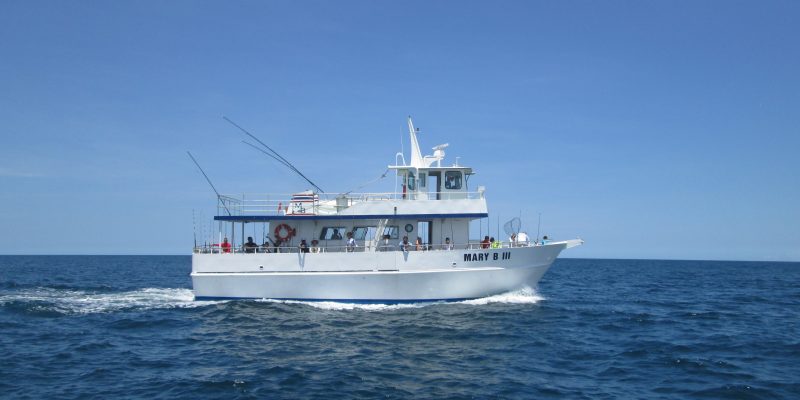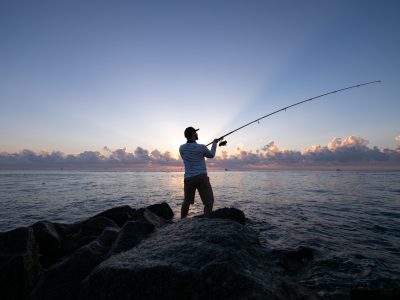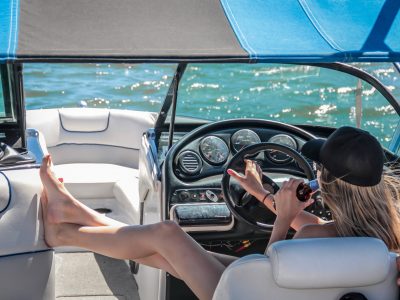Are you unsure whether inshore fishing or offshore fishing is the best for you? You don’t have to choose, because both of these are enjoyable fishing activities.
Inshore and offshore fishing are the two types of fishing that may be done on open waters. What makes them different is simply how deep the water is, but the fundamentals of fishing haven’t changed. However, with that change in depth, what you’ll find on your inshore and offshore experience will be considerably different.
Difference Between Inshore and Offshore Fishing
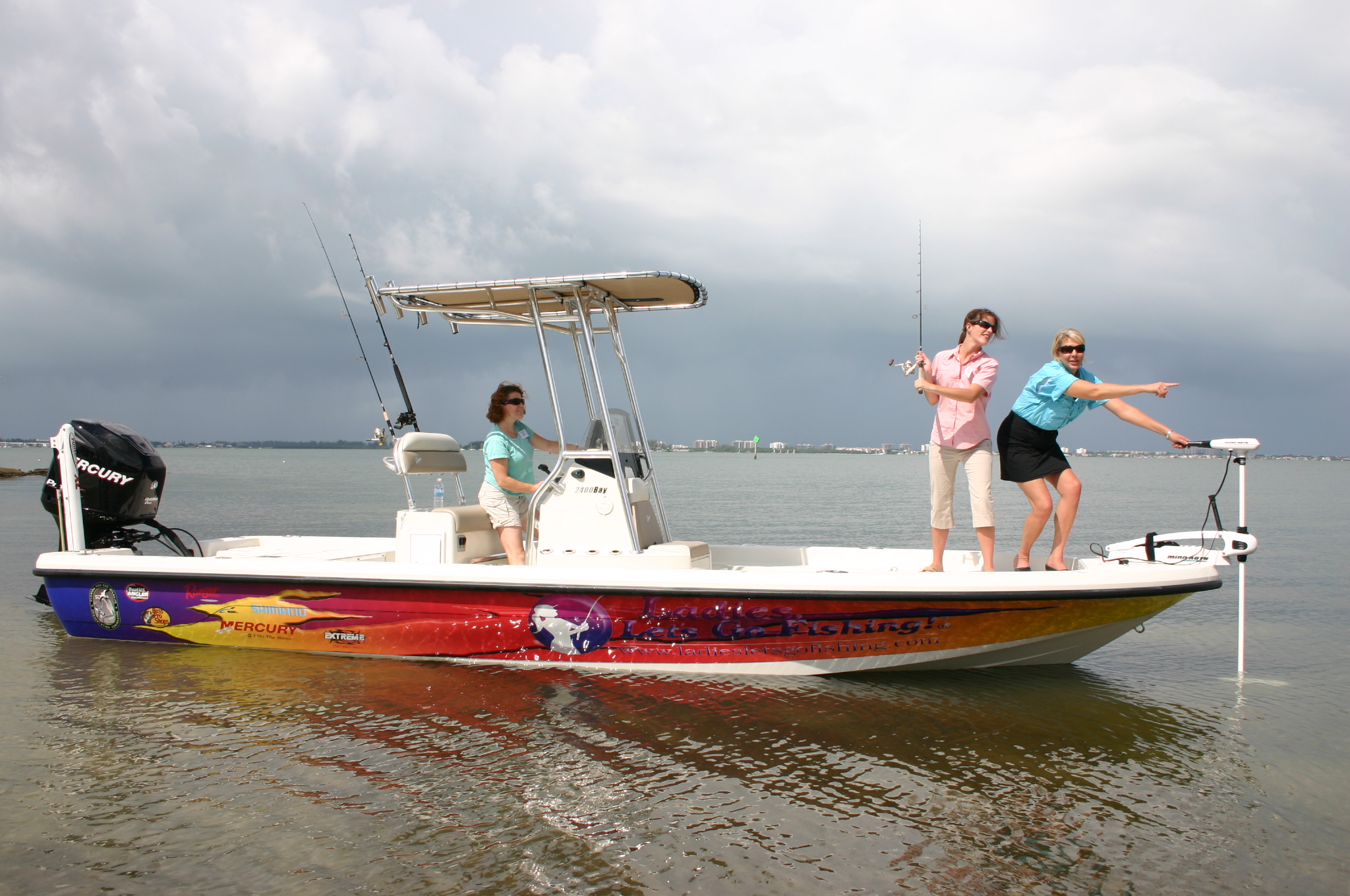
Credit: Ladies, Let’s Go Fishing
Inshore fishing is defined as fishing that takes place within a few miles of the shoreline. This type of fishing can be done from the beach, from a pier, or by boat. Inshore fishing is often considered to be more difficult than offshore fishing because anglers must contend with obstacles such as underwater plants and rocks. If you tend to get seasick, inshore fishing is a good option as you have a constant view of the horizon. Inshore boats are usually smaller than offshore boats to be able to get into shallower water.
Offshore Fishing
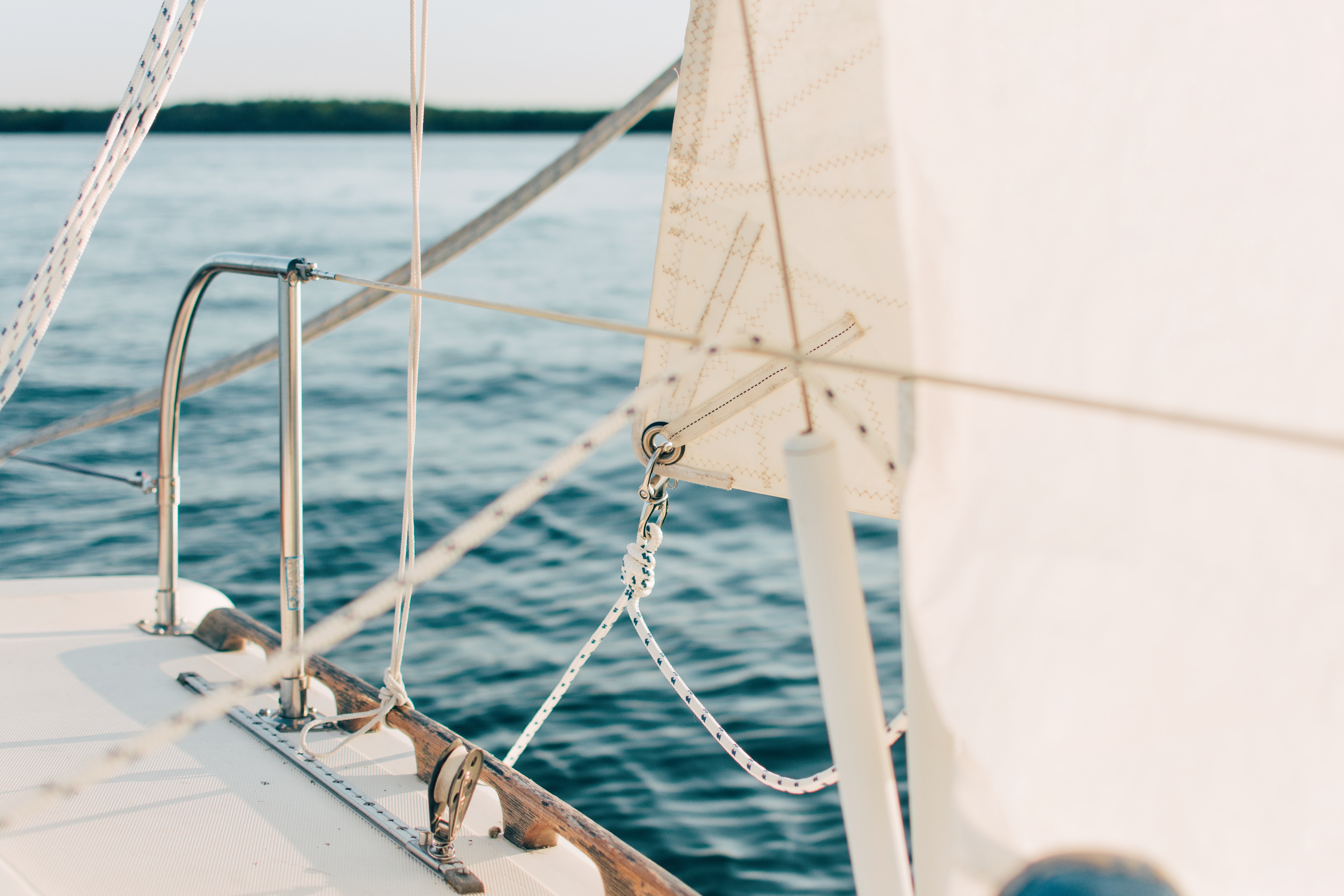
Offshore fishing, on the other hand, is defined as fishing that takes place more than a few miles from the shoreline. This type of fishing is typically done from a larger boat and can be very rewarding for anglers who are willing to venture out into open water. Offshore fishing offers anglers the opportunity to catch a variety of different fish species, including some that are not found in inshore waters.
So, what is the difference between inshore and offshore fishing? Inshore fishing takes place close to shore, while offshore fishing takes place further out to sea.
Water Depth and Shore Distance
Inshore fishing, in contrast to offshore fishing, takes place in shallow water that is usually less turbulent and calmer.
While inshore, you can anticipate consistent yet changing weather in contrast to the unpredictable conditions you’ll face offshore.
Inshore:
- Within 15km-20km from shore
- Smaller boats
- 1-6 crew members
- About 30 m deep
Offshore:
- 20km+ from shore
- Long trips
- Larger boats and improved equipment
- 12-16 crew members
- Can reach as deep as 100 to more than 1000 m
During offshore trips, it typically lasts for 6hrs, even up to 12hrs. Patience is rewarded once they catch bigger fish species such as dorado, king mackerel, and bluefins during these trips.
Required Boat and Equipment
Inshore fishing does not require a lot of gear or money. Because you’ll only be dealing with inshore fish, a medium-power with 6.5 to 7 feet of fishing rod, rust-resistant fishing reel, and live baits will be enough.
You may also choose to spend some time in shallow water or utilize smaller boats that measure between 18 and 25 feet.
Offshore fishing needs larger boats that can carry heavier loads, such as big game fish. Boats with lengths of 30 to 40 feet or more are usually the best choice.
Charter fishing boats are also useful for traveling around the deep sea. These vehicles can accommodate up to 22 passengers, captain and crew included.
Charter boats: Drift boats can accommodate 20-40-plus passengers, varies per boat. Offshore charter sportfishing boats typically take six people. They are regulated by their license as to how many they can accommodate.
More Angling Tips
Inshore: You are usually more active on an inshore boat with casting. Practice casting if you can before going on a boat as you will be casting at a specific location. That will help prevent getting your lures into trees.
❖If you are prone to seasickness, inshore may be your best bet as you do not lose your view of the horizon.
❖Also, a center console boat is a good choice for offshore for the same reason. Offshore boats can go more than 1,000 ft. deep.
❖Inshore fishing isn’t always calmer. If the wind picks up be prepared for a bumpy ride. You could be running to the fishing spot at 40 mph or more.
❖Inshore boats do not typically have a toilet. Be prepared to use a bucket if you are not near a land facility.
Offshore: For offshore fishing, if you are trolling, the boat and the captain are doing most of the work.
❖You may find that you are doing a lot of sitting and waiting for the bite. Look for birds or debris when you are in the correct depth and advise others of what you see.
❖Be ready to spring into action when the reels go off as you need to be on the rod immediately.
❖It is not uncommon for offshore fishing boats to venture out in 3 to 5-foot seas. The boat will rock so be ready to steady yourself. Usually, the fish bite is better with some wave action.
❖If you are bottom-fishing, however, the waves do not affect the fish bite. For bottom fishing, you hope for fewer waves. The wind speed and current can indicate what size waves to expect. This can be changed by storms.
Inshore or offshore: Which type of fishing is better for you? Either way, both of these fishing activities will satisfy the angler in you! 🙂
